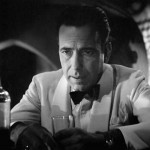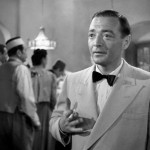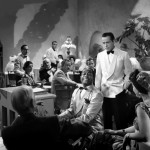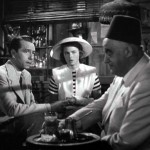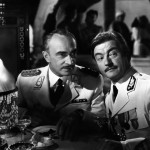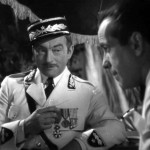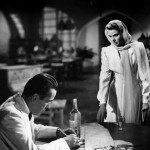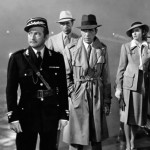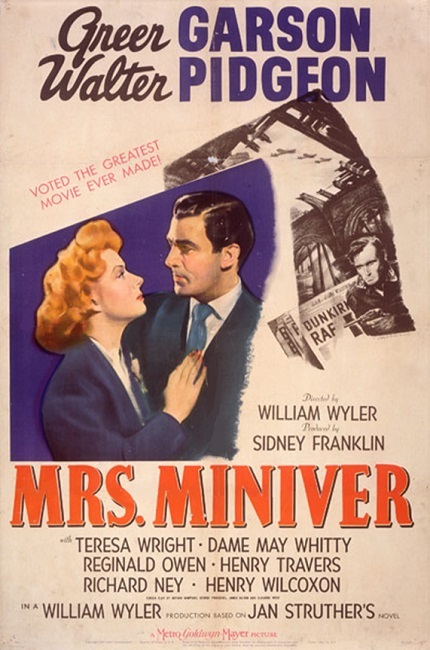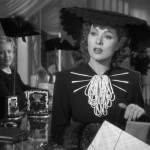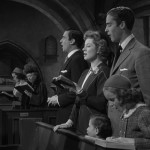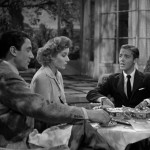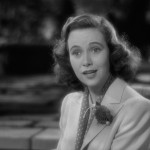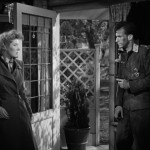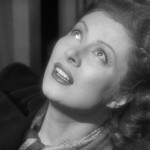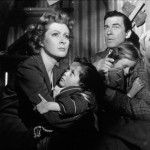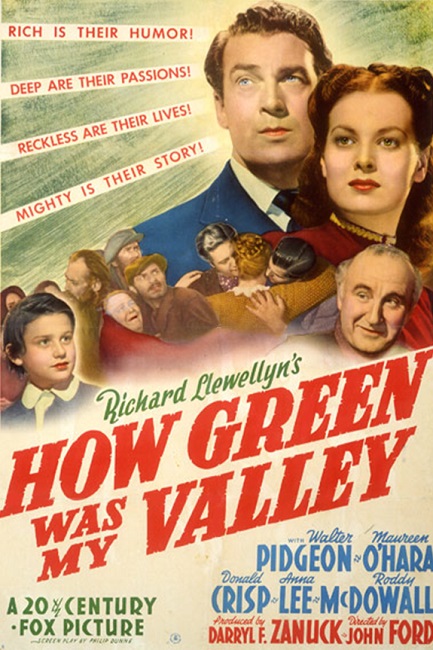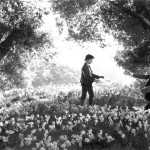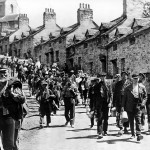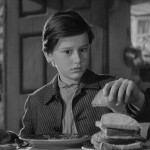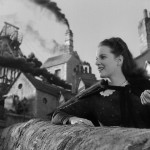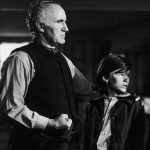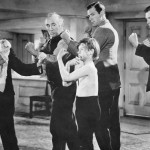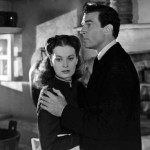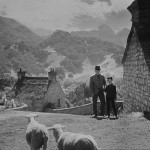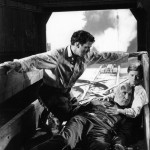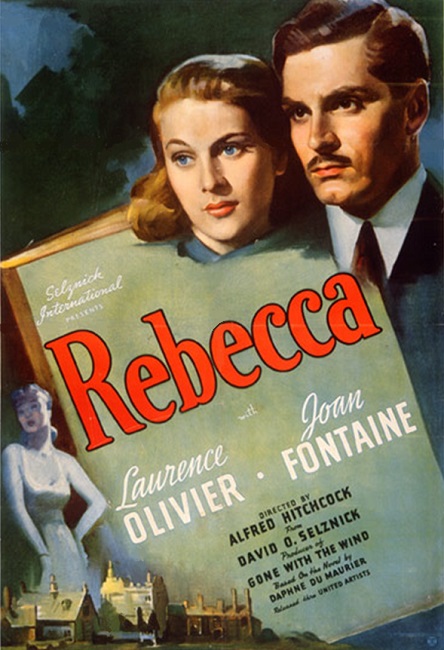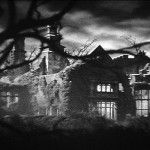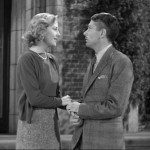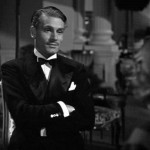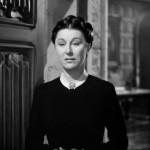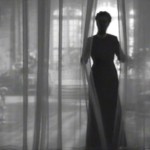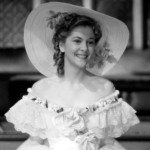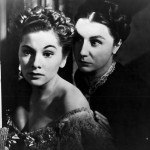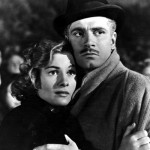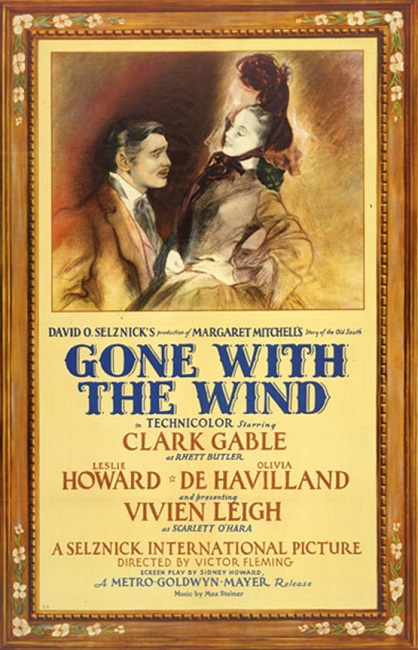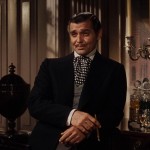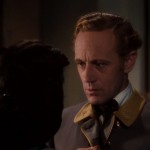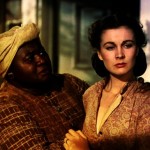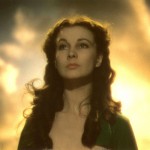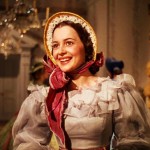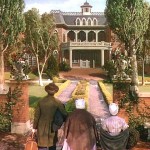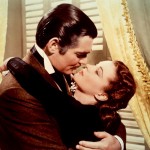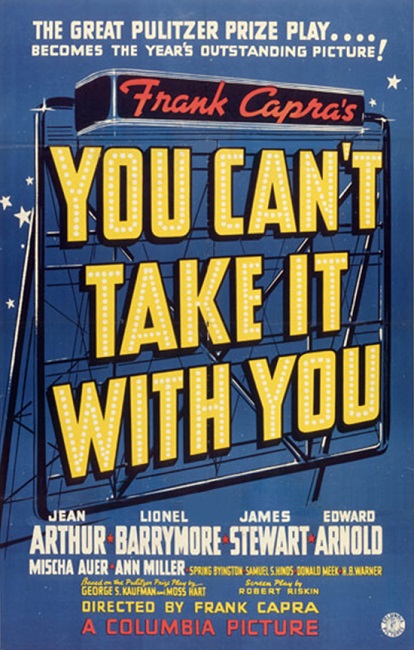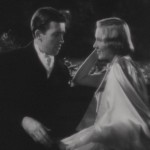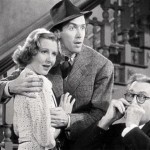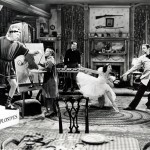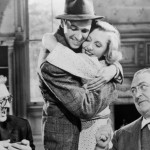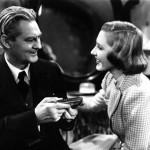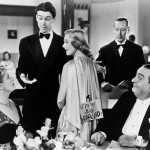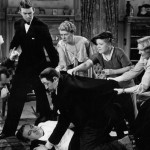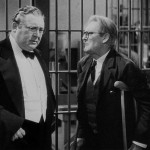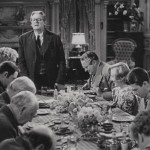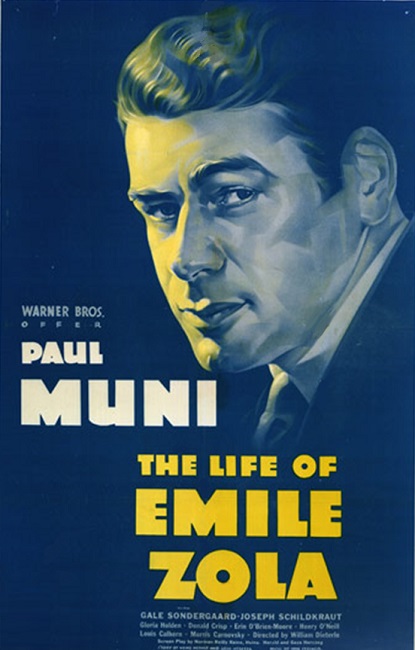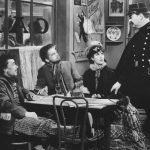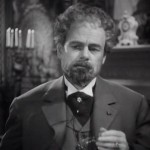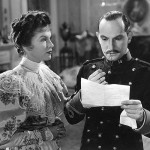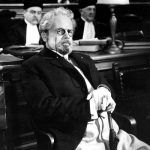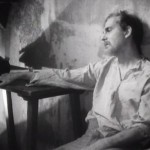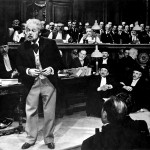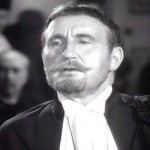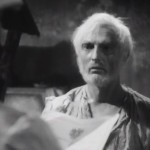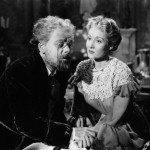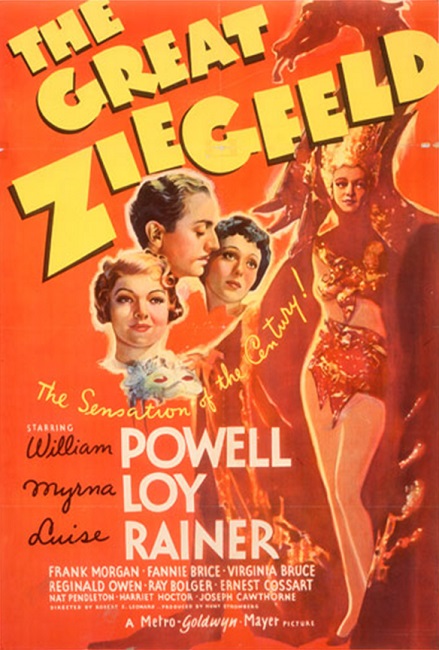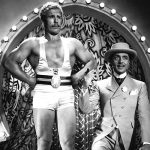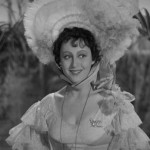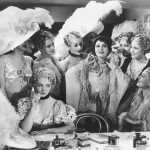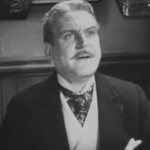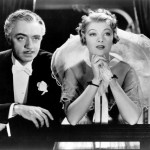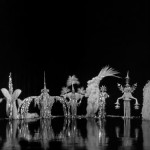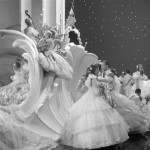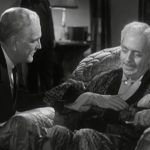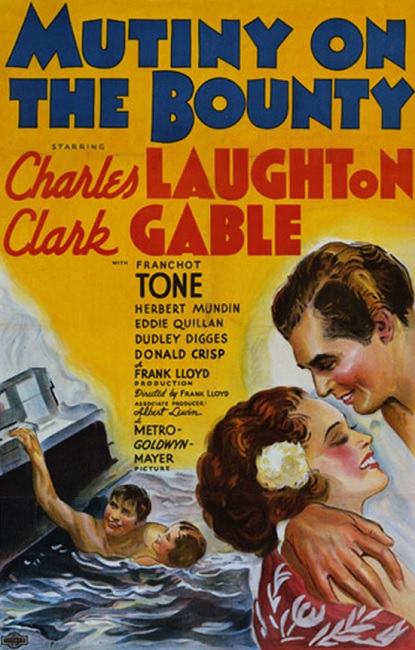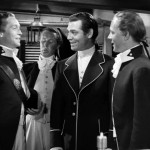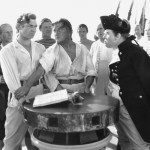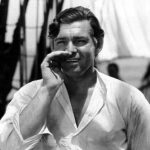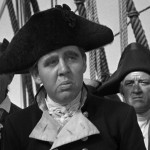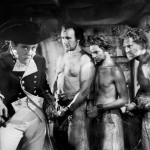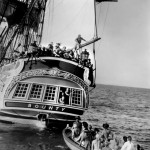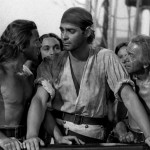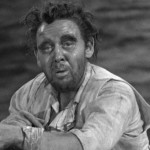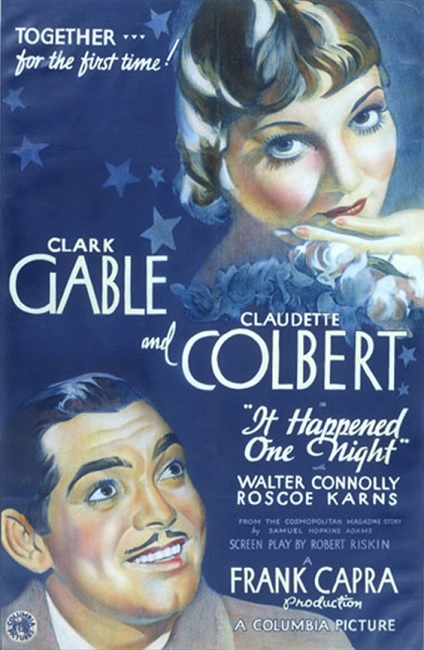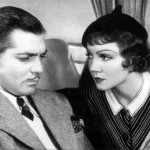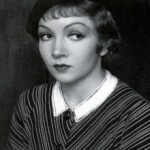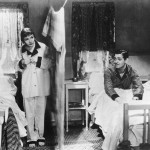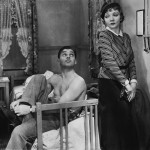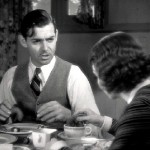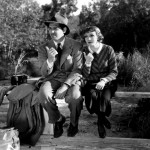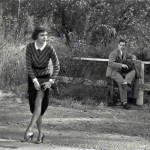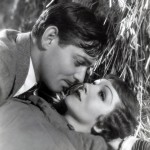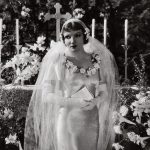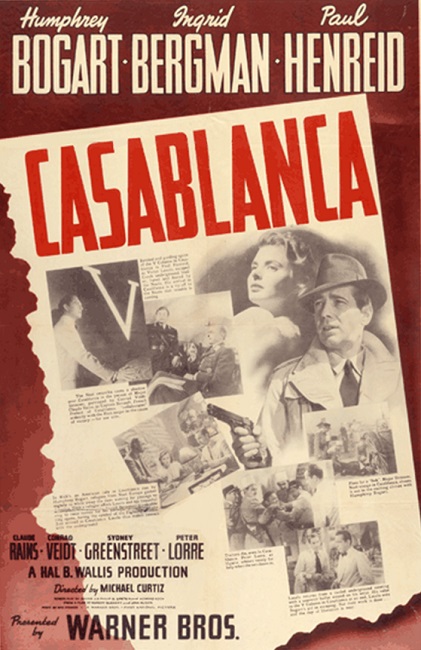
Casablanca – 1943
Casablanca is another war-time drama, which is not surprising since World War II was still in full swing. The year was 1943 – still two more years to go until the end of the war. But the movie was significantly different than most other war-time films. The characters were iconic and memorable. The setting and the costumes were wonderfully exotic. The plot was engaging and the music was timeless. A great movie, well worth the Best Picture award.
The whole story took place in the city of Casablanca, which is the capitol city of Morocco. For those who don’t know, Morocco is on the north-western tip of the continent of Africa. Casablanca is right on the Atlantic Ocean. Much of the film takes place in an upscale nightclub and casino called Rick’s Café American. Humphrey Bogart plays Rick, the owner of the popular bar. In comes Ugarte, a small-time criminal played by Peter Lorre, who has in his possession letters of transit, which are basically free rides to the free world. Ugarte gives the papers to Rick for safe-keeping before being arrested and killed, and the drama begins.
Rick is a great character. He is incredibly noble, fighting for the good guys, doing what is right, helping those in need, all the while keeping his hands clean by knowing when and where to do his good deeds. He professes to be completely amoral and neutral in the affairs of politics, even though he is eventually revealed to be anything but. He turns out to be a patriot, fighting for the free world in his own way. But all that is thrown into jeopardy when the leading lady walks in.
Playing opposite Bogart is Ingrid Bergman playing Ilsa, his former Norwegian lover who once mysteriously left him at the train station in Paris, breaking his heart. (This is starting to sound like a day-time soap opera!) She shows up in Rick’s Café with her husband, infamous Czech freedom-fighter Victor Laszlow, played by Paul Henried. Ilsa makes a point of keeping her past a secret from Rick as much as she can, and she has the misfortune to fall in love with two men for two very different reasons. Her loyalties are torn and Bergman seemed to pull off the character’s internal conflict effortlessly.
The entire movie was so well cast and the actors did a fantastic job. Bogart was very believable, but I have to mention one criticism. He often didn’t open his mouth wide enough to be understood clearly. He spoke through his teeth and it sometimes sounded like he had cotton balls in his cheeks. Bergman was gorgeous enough to get the soft-focus treatment almost every time she was on the screen. Most critics call Henreid’s performance too stiff, but I thought he portrayed Laszlow as a man with a demeanor that was calm and practiced, clear-headed and yet passionate, making him seem more noble and righteous.
Another actor who stood out to me was Claude Rains. He played the corrupt French Police Chief Louis Renault. Even though the character was undeniably compliant with the German oppressors who, lets face it, really controlled the city (a man who, in real life, would have been detestable), Rains played the part with an almost devil-may-care smile and cocky attitude, making the character likeable, even though he was a willing puppet of the Third Reich.
The music was, of course, very memorable. The song “As Time Goes By” is the most famous tune that was used in the film, but “It Had to be You”, and “The Very Thought of You” were also great songs. In fact, only one song was written specifically for the movie called, “Knock on Wood.”
Interesting Note: I always notice in movies whether actors are actually playing their instruments or not. Watch Sam’s (played by Dooley Wilson) hands whenever you can see them tickling the ivories. There is no way he is really playing that piano, and it is painfully obvious.
The movie is also famous for its many memorable lines. “Here’s looking at you, kid.”, “Play it, Sam. Play ‘As Time Goes By‘” (which most people remember as “Play it again, Sam.”), “Louis, I Think this is the beginning of a beautiful friendship”, “Round up the usual suspects“, “We’ll always have Paris,” and “Of all the gin joints in all the towns in all the world, she walks into mine.” Many people who have never even seen Casablanca know where those lines are from. OK, so maybe some of the film’s dialogue is a little hokey, but who doesn’t love those lines?
I was also impressed with the wonderful costumes. The German and French military costumes were authentic-looking and impressive. Fez hats are always fun, the long skirts on the women’s evening gowns were appropriately fashionable, and the men’s tuxedos were neat and stylish. All that, combined with the garb of the Moroccan locals gave the whole movie a feeling of civility in the midst of the wilds of the Sahara Desert.
Any movie that deals with World War II, having intimidating Nazi characters, always has an underlying tension that the viewer often feels more than sees. Casablanca is no exception, and I bet that the movie-going audiences of 1943 felt it even move poignantly than would the audiences of today. Sure, Casablanca was a Hollywood movie, but things like that were actually happening at that time, all over the world.
Interesting note: The specific use of bar-like shadows in the background of many scenes are meant to give the viewer the feeling of being in a prison. Very clever subliminal manipulation. Thank cinematographer Arthur Edeson for that little trick.
This was an excellent movie. I had seen it before a long time ago, but I think I understood more of the subtleties of the plot the second time around. The great cast of actors really did a fantastic job of drawing me into the story and making me feel for the characters they were portraying. I enjoyed the film and think it is a fine addition to the list of Academy Award Best Picture winners.
